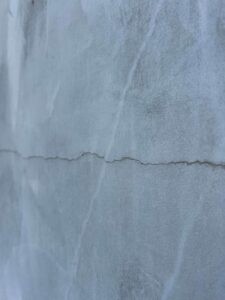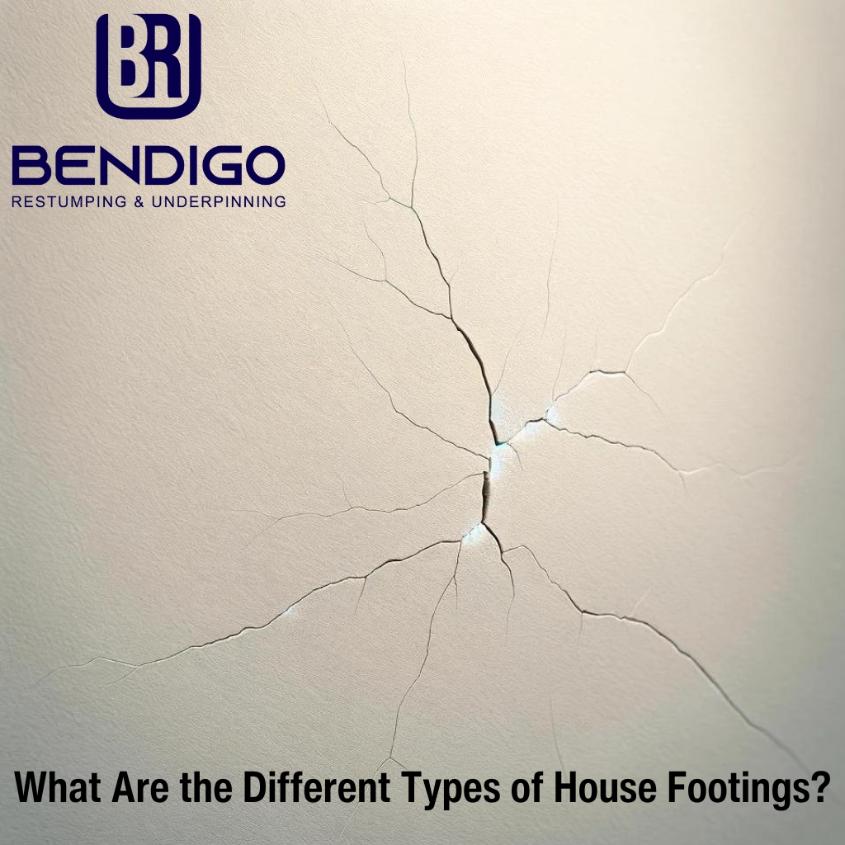The different types of house footings are screw piles, strip footings, raft slab footings, pad footings, and pile foundations. Each of these footings provides a stable base for structures due to their ability to prevent shifting and distribute weight evenly. Notably, all five footing systems are suitable for underpinning to enhance stability and performance when needed.
This blog will discuss more about the various types of house footings used today.
Screw Piles
Screw piles are a type of deep foundation used to support and stabilise structures. They consist of a steel shaft with helical plates (screw-like) attached, which are driven into the ground by rotating them. This method provides strong support by anchoring the structure deeply into the soil.
Also known as helical piles, screw piles are particularly effective in areas with challenging soil conditions and are often used to prevent issues like water leaks from affecting a building’s foundation. Their installation is quick and causes minimal disturbance to the site, making them a popular choice for both new construction and foundation repair projects.
Strip Footings
Strip footings are a type of foundation commonly used in building construction. They consist of a long, narrow strip of concrete laid directly in a trench excavated in the ground. These footings are designed to distribute the weight of a structure evenly across the ground, providing stability and support, especially for load-bearing walls.
Strip footings are typically used for lighter buildings or where soil conditions are stable and strong. They are simpler and more cost-effective than other types of foundations, making them a popular choice for residential construction and small buildings where deep foundations are unnecessary.
Slab-on-Ground
Slab-on-ground is a type of house footing where a concrete slab is laid directly on the ground, forming a solid foundation for the structure. There are two subtypes of slab-on-ground: the waffle pod slab and the conventional raft slab.
Waffle Pod Slab
The waffle pod slab is a modern and efficient foundation system. It is characterised by its distinctive grid-like structure and utilises a series of polystyrene void forms. These forms are laid out in a waffle-like pattern, between which concrete beams are poured.
Raft Slab
The raft slab, also known as a conventional raft or solid slab, is a more traditional approach to house footing. It involves pouring a thick layer of reinforced concrete directly onto the ground. A professional builder typically reinforces the slab with steel mesh or bars and is thickened at the edges to enhance strength and stability.

Pad Footings
Pad footings are a type of shallow foundation used to support individual points of load, such as columns or piers. These footings are usually square or rectangular, made of reinforced concrete, and are designed to spread the load from the structure above to the soil below.
Pad footings are simple and economical to construct, providing effective support for structures where deep foundations are unnecessary.
Pile Foundations
Pile foundations are a type of deep foundation used to transfer the load of a structure to a deeper, more stable layer of soil or rock when the surface layers cannot support the load. Piles are long, slender columns made from concrete, steel, or timber, driven or drilled into the ground.
They are essential for large structures, like skyscrapers and bridges, or areas with weak or unstable soil. Pile foundations ensure stability and are crucial in preventing settlement or shifting of the structure over time.

